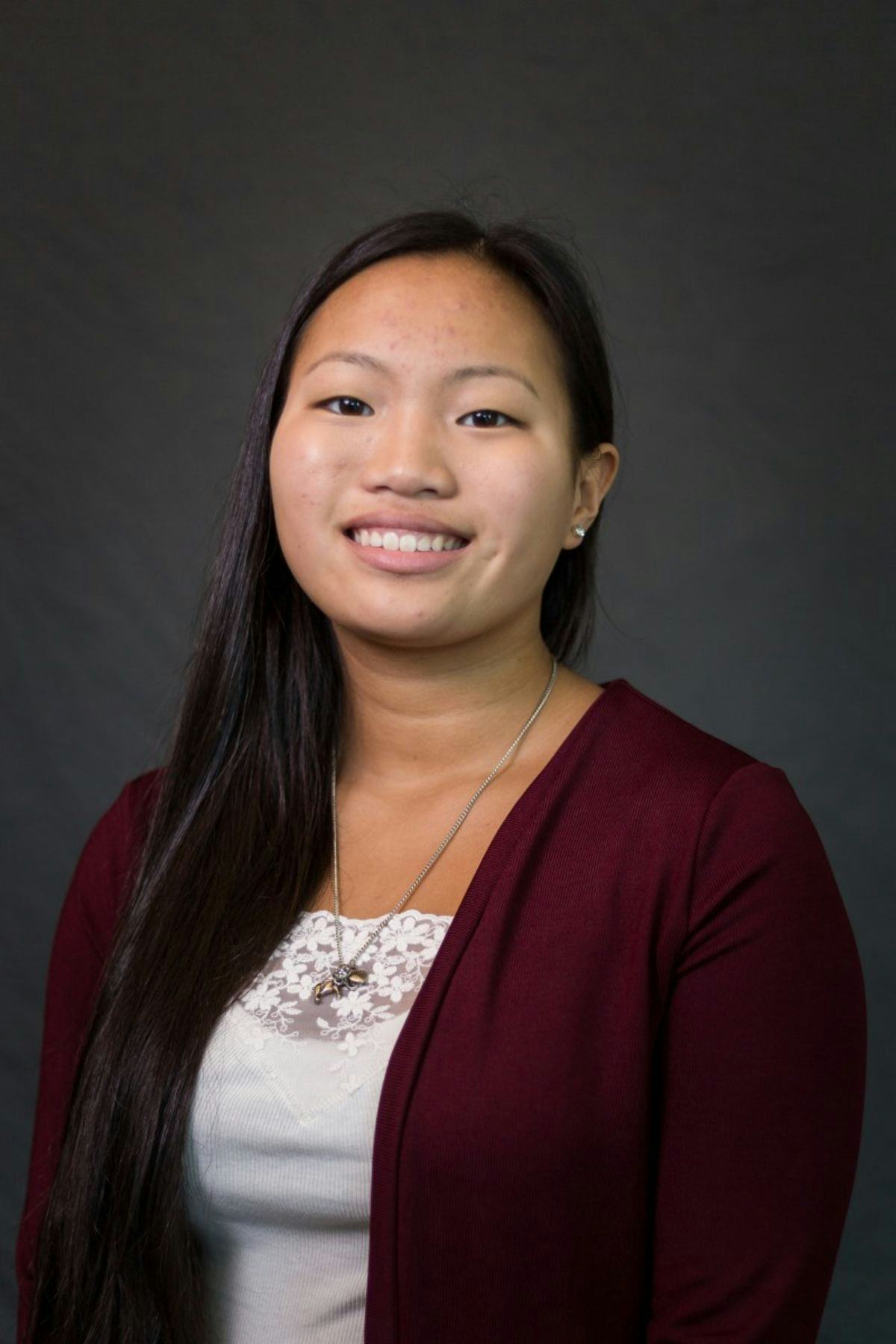Senior design project offers peace of mind for patients, parents and physicians in obtaining safe, accurate, comfortable cardiovascular monitoring results through a simple, sanitary optical test
Elena Gies ’22 picked a Stevens Institute of Technology senior design project that is close to her heart – literally.
Gies was born with cardiovascular issues that required regular echocardiograms as she grew up. Echocardiograms are generally less invasive and uncomfortable than some other medical procedures. However, they can still be frightening for younger kids, and as children age, more painful pressure is required on the ribs and chest to obtain a clear image through the developing tissue.
Her unpleasant experiences with echocardiograms and MRIs inspired her to explore a more comfortable and convenient way to obtain cardiovascular data and identify potential heart issues.
“Early detection of heart defects and diseases can often prevent health complications and early mortality,” she explains. “While echocardiograms, MRIs and other scans are often sufficient for monitoring known issues, they can be excessive and expensive for detecting early signs. In addition, many imaging procedures take place in environments that may scare younger children. My goal was to investigate an easily administered, minimal-contact and sterile alternative, using pulse rate and blood oxygen levels measured during regular doctor visits to identify any issues early and pursue more monitoring and treatment as needed.”
Exploring the layers of understanding
Gies is the only student graduating from the Stevens engineering program with a concentration in optical engineering this year, and only the third to graduate within this concentration since the program launched just two years ago.
That unique foundation helped her narrow in on the use of photoplethysmography, or PPG, which involves shining a light on the skin to monitor changes in blood flow, to support the development of a simple, routine in-office monitoring procedure.
“PPG isn’t a novel approach in medicine,” she explained. “It's used in smartwatches and newer Fitbit models, as well as pulse oximetry to measure blood oxygen levels. Professor Negar Tavassolian in our Department of Electrical and Computer Engineering here at Stevens has studied using Doppler radars for health monitoring, which operates on similar principles. However, it hasn’t been used for this purpose before.”
In addition to a traditional literature search, Gies surveyed medical students and medical staff around New Jersey to learn more about pain points when dealing with discomfort in younger patients.
Based on those insights, she worked with a pre-built pulse sensor in two designs: one a box into which a hand could be inserted for testing, and the other a device to press onto the skin. One focus of her research involved testing neutral density filters that could be used as disposable cover layers to preserve the accuracy of the optical results while protecting the sanitary quality of the equipment.
“There are a lot of concerns involving touching where other people have touched,” she said. “That’s where the cover comes in, and that’s where the optics knowledge that I've been learning was extremely applicable. I used polarizing camera filters with varying levels of transparency to see what optical properties they would have. For example, it proved that exam-grade nitrile gloves would not work. But I was able to get clear results with multiple layers, demonstrating the viability of the idea.”
‘A better experience for future children’
Gies isn’t the only one who saw the potential in her research. She was nominated as a top 10 finalist for the Stevens annual senior design Ansary Entrepreneurship Competition – the second consecutive year the new optics engineering program entry has earned that honor.
“Elena has done a wonderful job following her own vision for a project fueled by own experiences and bridging her familiar areas, optics, with unfamiliar areas, healthcare and electrocardiograms, to achieve a better experience for future children,” noted her advisor, Rainer Martini, associate professor in the Department of Physics.
“She developed a prototype with novel features like integrated sterilization, which has not been presented in other devices,” Martini continued. “Considering that she was performing as a one-woman team competing with other teams with five or more members makes this accomplishment even more amazing. Having the optics engineering senior design project chosen again is an outstanding sign of the rigorous and innovation encouraging education that the students experience in this new program and gives a promising outlook on the future accomplishments of these graduates!”



